4 Day Itinerary of Things To Do In Tokyo (Updated 2025)
May 11, 2024
Last Updated on March 16, 2025 by Erin Donahue
This might give you meticulous travel planners a heart attack, but I completely winged traveling around Tokyo. Typically, when I visit a destination, I prefer checking out a lot of the free stuff. If it’s free, it’s for me! Before my trip, I limited taking into account the recommendations from social media since my cousin is Japanese. This ensured I was getting a true local’s recommendation. My visits to lesser-known Fukuoka and Nagasaki were planned out though. If you’re going to Tokyo as part of a 14-day itinerary in Japan, and don’t want to plan anything like I did, read on! This 4-day itinerary in Tokyo will help you make the most of your trip without overplanning.
Disclosure: Some links on this page may be affiliate links. This means that I may earn a small commission if you decide to buy (at no additional cost to you).
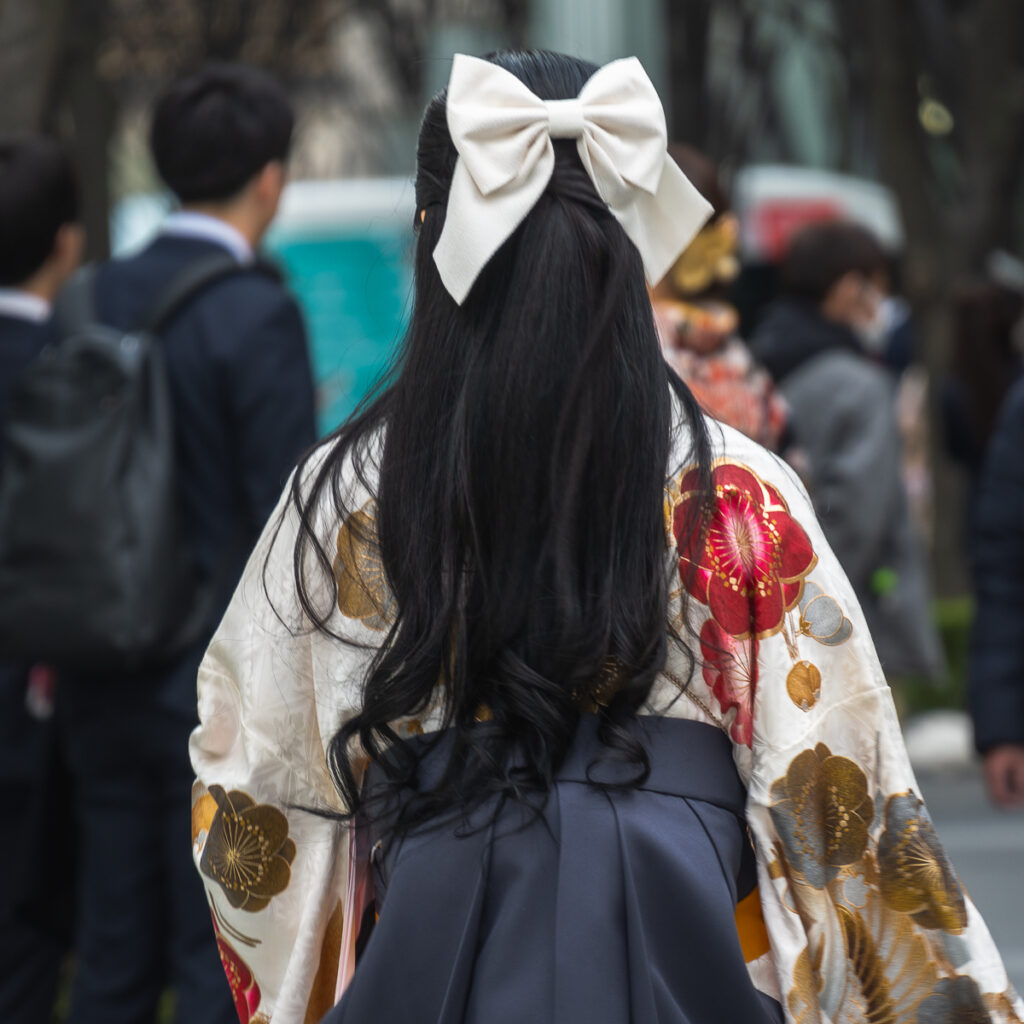
First Impressions
My initial impressions about Tokyo are that it’s a huge city. As someone who’s grown up in New York City, that’s saying something! However, getting around Tokyo is pretty easy. The metro system is extensive. I was also surprised at just how many Westerners there were. In every corner, I saw a non-Asian face. I only mention this because it’s quite the departure from other big Asian metropolis’, like Taipei and Kuala Lumpur.
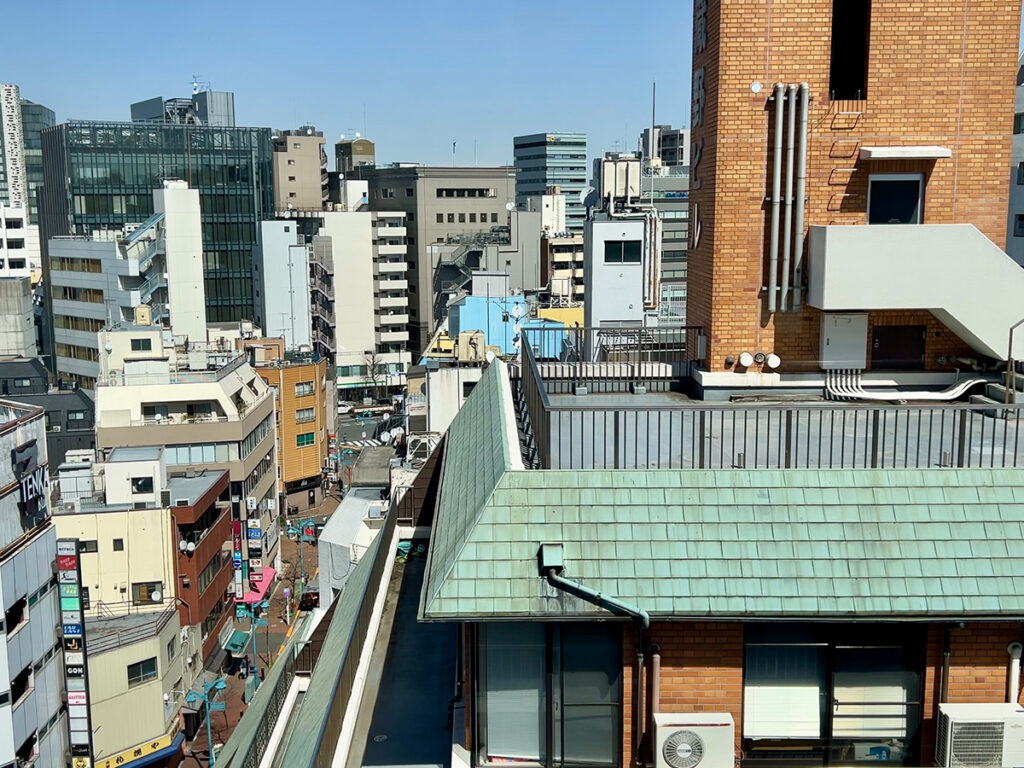
Where to stay in Tokyo
Finding the right accommodation in Tokyo can make or break your trip to Japan’s bustling capital. From luxury hotels to budget-friendly options, here are a couple of places I recommend for different travel styles and budgets. My Tokyo 4 day itinerary includes the must-see attractions that offer the best experience.
9h Nine Hours Woman Shinjuku Capsule hotel
Looking for a budget-friendly option in central Tokyo? The women-only 9h Nine Hours Shinjuku Capsule Hotel offers a unique, affordable stay (I paid $95 for two nights). Located within walking distance of Shinjuku Station, this capsule hotel provides daily amenities including fresh pajamas, towels, and toiletries. Each sleeping pod features adjustable lighting, power outlets, and surprisingly comfortable bedding. While you’ll have to deal with some quirks—like being locked out during daily cleaning (10 am-2 pm), a slow elevator, and the occasional snoring neighbor—the cleanliness, security, and price point make it an excellent choice for solo female travelers like myself who plan to spend most of their time exploring the city.
Address: (EN) 2-13-7 Shinjuku,Shinjuku-ku,Tokyo 160-0022, (JP) 〒160-0022 東京都新宿区新宿2-13-7
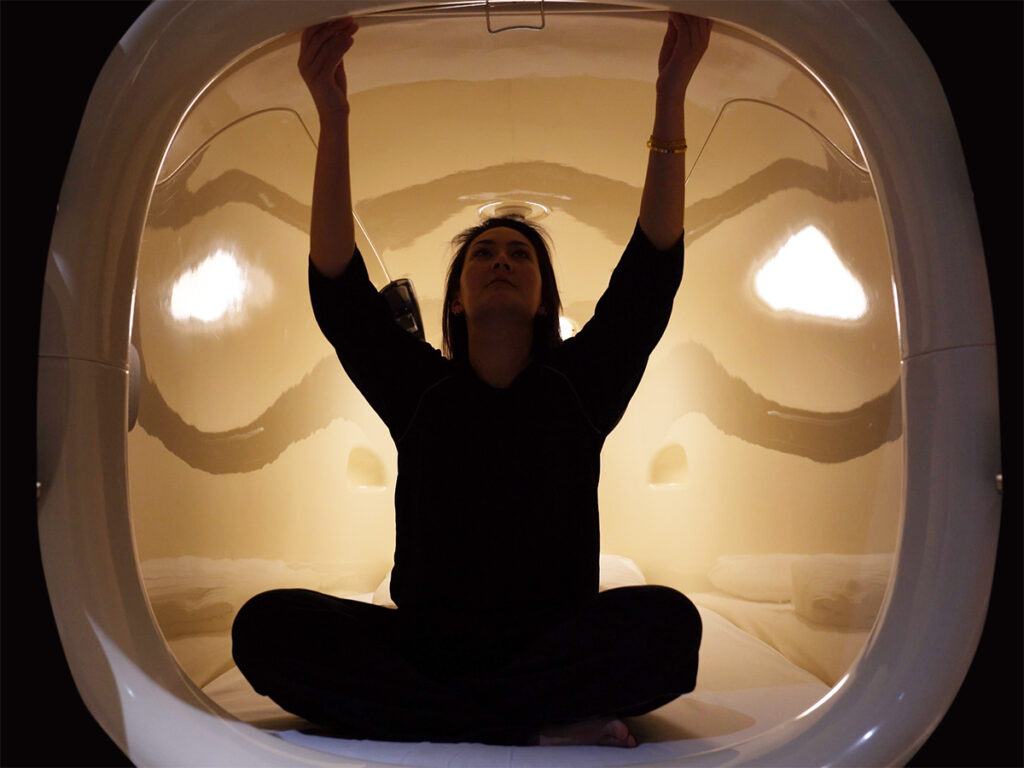
Shiba Park Hotel
I also stayed at Shiba Park Hotel, a newly renovated “Library Hotel” concept that I partnered with during my trip to Japan. The recent renovation of the hotel combines historic charm with modern luxury in Tokyo’s peaceful Minato district. Originally a 1940s foreign trade mission hotel, this property now features thoughtful amenities like spa-quality bathroom products and convenient access via Onarimon and Daimon stations.
What sets this hotel apart is its unique perks: 1,500 curated books distributed throughout the floors, proximity to Tokyo Tower (just a 10-15 minute walk) with photo opportunities away from crowds, and an afternoon tea service featuring 16 different tea varieties. With weekly traditional tea ceremonies in the lobby and its strategic location near cultural landmarks, Shiba Park Hotel delivers a tranquil yet connected Tokyo experience that balances comfort with authentic Japanese hospitality.
Address: (EN) 1-5-10 Shibakoen, Minato-ku, Tokyo 105-0011, (JP) 〒105-0011 東京都港区芝公園1-5-10
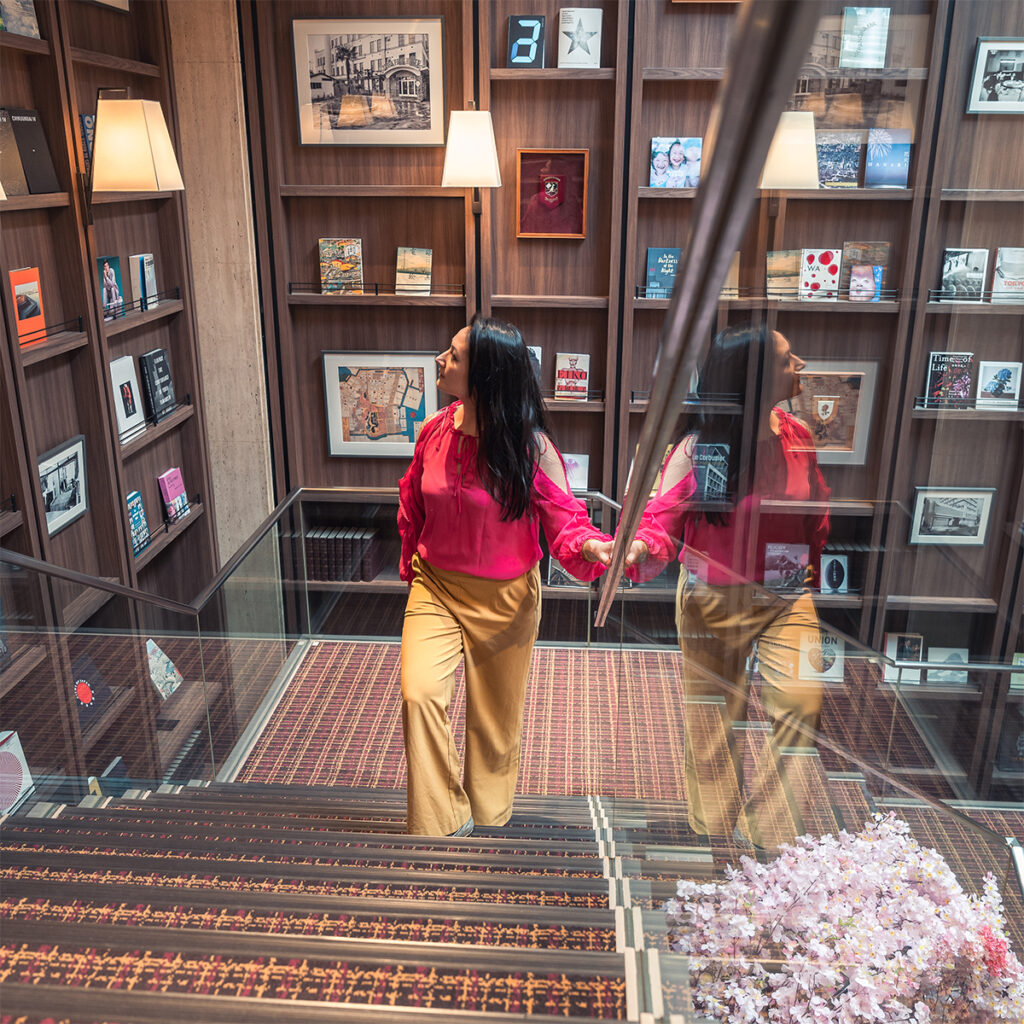
Things To Do in Tokyo
Since Tokyo is such a large city this doesn’t even scratch the surface. I recommend booking a long time to travel there or flying back for multiple trips.
Tokyo Tower
Constructed in 1958 and standing at an impressive 332.9 meters (1,092 feet), Tokyo Tower was Japan’s tallest tower until the Tokyo Skytree surpassed it in 2012. This iconic structure, painted white and international orange, takes inspiration from the famous Eiffel Tower in Paris.
While it may no longer be the country’s loftiest tower, Tokyo Tower remains a popular photography spot for visitors. Across the street from Toufuya Ukai, you’ll find the “Secret Tokyo Tower Spot” on Google Maps, though it’s not actually a secret. To avoid long queues, aim to visit this renowned landmark before sunrise.
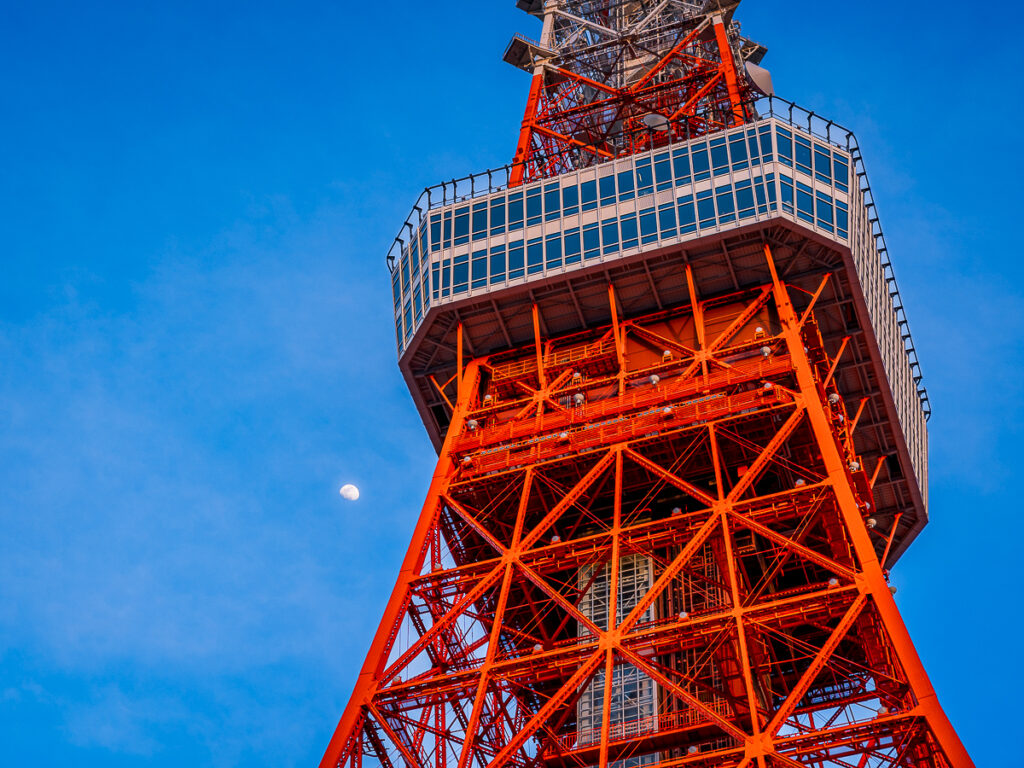
teamLabs Tokyo
Tokyo is home to two remarkable teamLab experiences: Borderless and Planets, and almost every itinerary in Tokyo includes going to one. At first glance, they may seem similar, but there are distinct differences between them. Borderless closed in 2022 at Odaiba before re-opening in the new Azabudai Hills in February 2024. The rise of these interactive projection exhibits feels like an emerging global trend, reminding me of the immersive installations often seen at EDM festivals, though without the psychedelic influences. Both Borderless and Planets have become popular destinations for capturing visually striking content. This is hardly surprising given that they are the creations of teamLab, a pioneering international art collective founded in 2001.
teamLab Borderless
The teamLab Borderless experience is truly unique. Rather than a traditional museum layout, it presents a boundless, continuous realm of interconnected artworks that transcend physical and conceptual boundaries. There are no rooms or maps constraining the visitor’s journey through this seamless artistic universe.
teamLab Planets
On the other hand, teamLab Planets offers an immersive, multi-sensory encounter like no other. A key differentiating factor is that you are encouraged to remove your shoes and walk directly through shallow waters, physically intertwining your presence with the vast surrounding artworks. The floral garden spaces invite you to wander amongst the vegetation, metaphorically merging with nature itself.
While I initially thought these experiences might be gimmicky, I found them surprisingly captivating. Unfortunately, I didn’t have sufficient time to fully immerse myself, so a return visit is a must! Between the two, I preferred Borderless, as visitors seemed more respectful of each other’s space when trying to capture photos and videos.
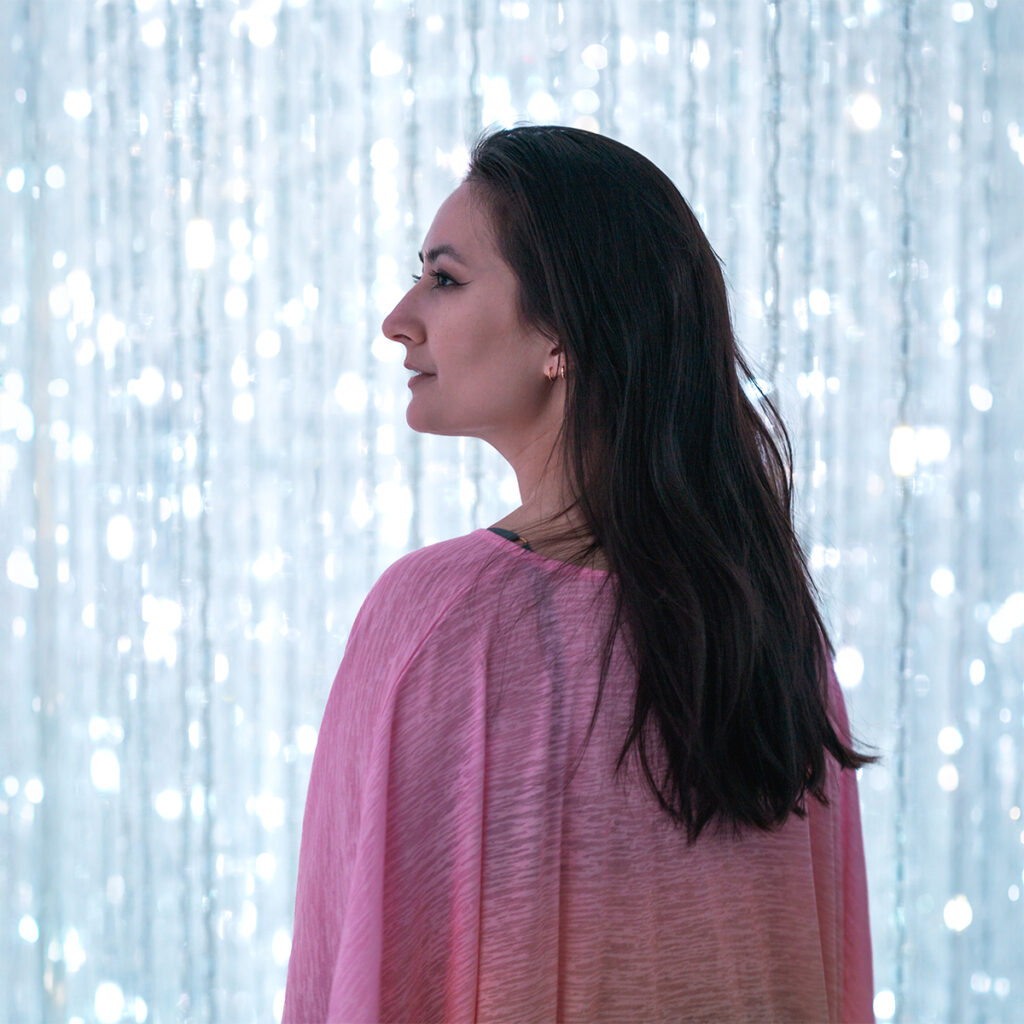
Tokyo Metropolitan Government Building
I recommend including The Tokyo Metropolitan Government Building in your Tokyo four day itinerary at some point. The building consists of two iconic 48-story towers, featuring observation decks on the 45th floor that offer panoramic views over the city free of charge. As of this article, only the South side is open. It is also the canvas for “Tokyo Night and Light,” reportedly the world’s largest permanent projection mapping display projected onto the building’s facade.
Designed by architect Kenzo Tange, it serves as the administrative headquarters for the Tokyo Metropolitan Government while incorporating motifs of modern technology and seismic engineering. With the free observation decks and nighttime projection mapping show, this landmark has become a major tourist attraction in addition to its governmental function.
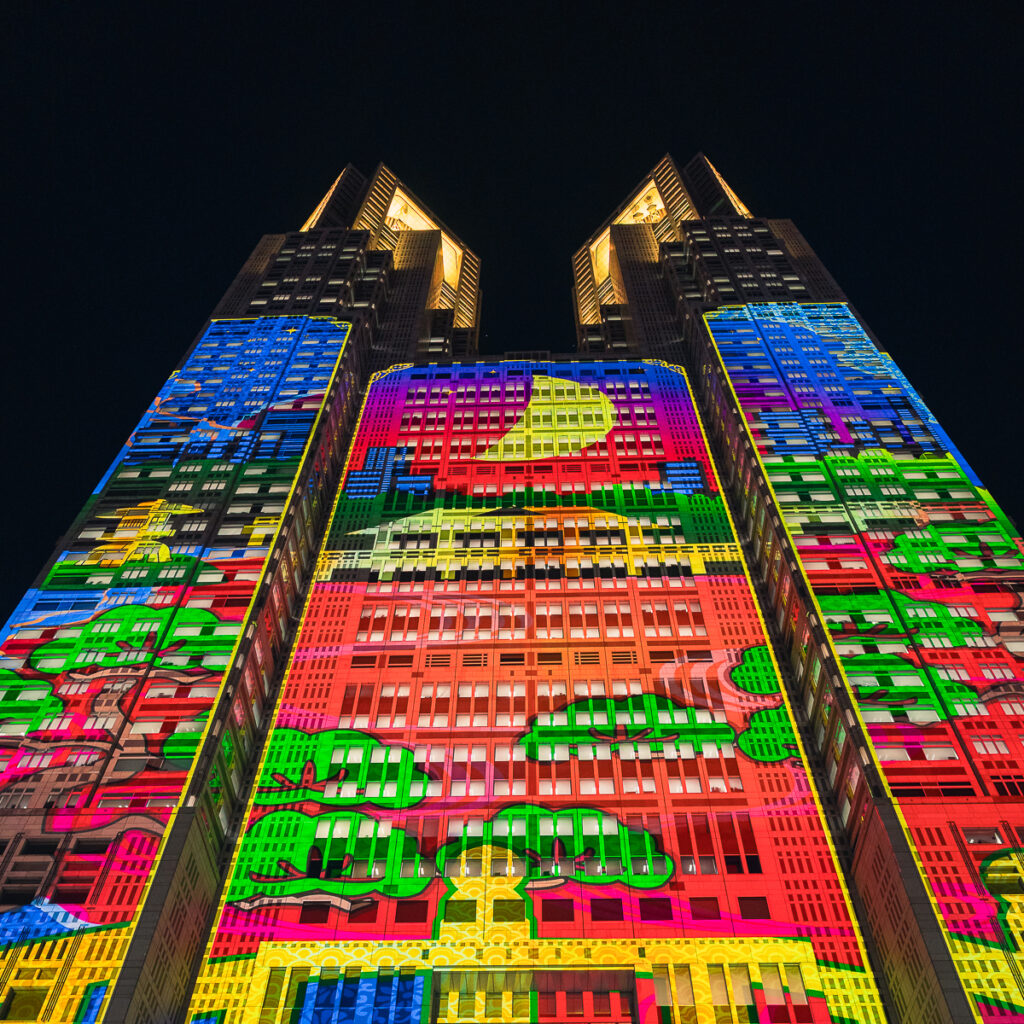
Explore Kabukicho (歌舞伎町)
Known as the “red light district” in Tokyo, Kabukicho is an electrifying neighborhood that pulses with vibrant energy. While it carries an infamous reputation, Kabukicho offers far more than its racy moniker suggests. This compact grid of neon-drenched streets and winding alleys is a kaleidoscope of sights, sounds, and flavors. From raucous hostess clubs and quirky-themed bars to a dazzling array of restaurants serving regional Japanese cuisine and a sprawling retail scene, Kabukicho envelops visitors in a relentless carnival of experiences. It’s a place where the conventional and unconventional intertwine, encapsulating the intoxicating spirit of modern Tokyo’s never-ending pursuit of novelty and indulgence.
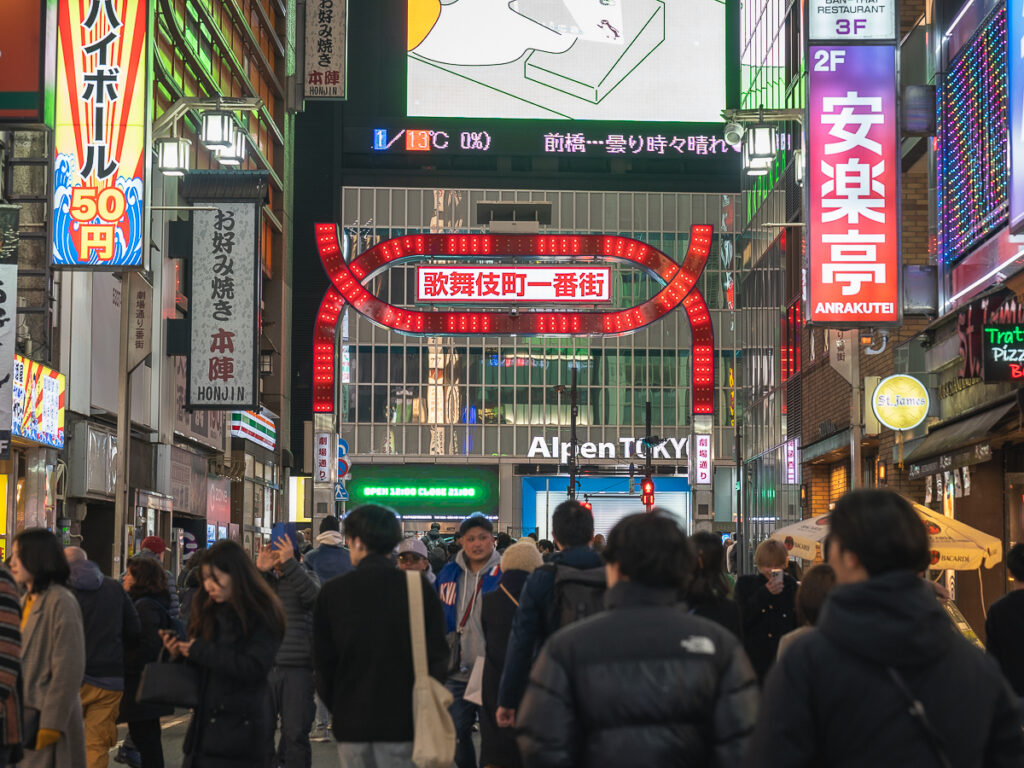
Spot Godzilla
The beating heart of Kabukicho’s frenetic scene lies straight ahead as you stride past the massive Don Quixote. Glancing upwards, you’ll find Kabukicho’s most mind-bending spectacle – a colossal Godzilla head seemingly emerging from the building itself. This newly-installed, larger-than-life sculpture pays homage to Tokyo’s legendary radioactive reptile, its unblinking eyes and gaping maw thrilling onlookers.
3D Calico Cat
The summer of 2021 brought an unexpected phenomenon to the streets of Shinjuku that captivated locals and visitors alike. Located next to Shinjuku Station out the East Exit, amid the frenzied pedestrian traffic, lies a colossal digital screen with a hyper-realistic image of a slumbering calico cat.
Address: Cross Shinjuku Building, 3-23-18 Shinjuku, Shinjuku City, Tokyo
Senso-Ji Temple
This revered Buddhist sanctuary stands as an enduring link to Tokyo’s distant past and has born witness to the city’s transformation over centuries. The five-story pagoda’s elegant curvature pierces the skyline and the temple’s massive curved eaves evoke an era long since faded. For locals and tourists alike, Senso-ji offers a rare glimpse into the Edo period’s ambiance, its hallowed grounds providing an escape from the relentless march of modernity. The journey begins at the legendary Kaminarimon gate, its colossal lantern sculpture standing sentry. From there, the Nakamise-dori district unfurls before you – a bustling pedestrian street lined with over 90 shops hawking local crafts, souvenirs, and an endless selection of decadent snacks and confections.
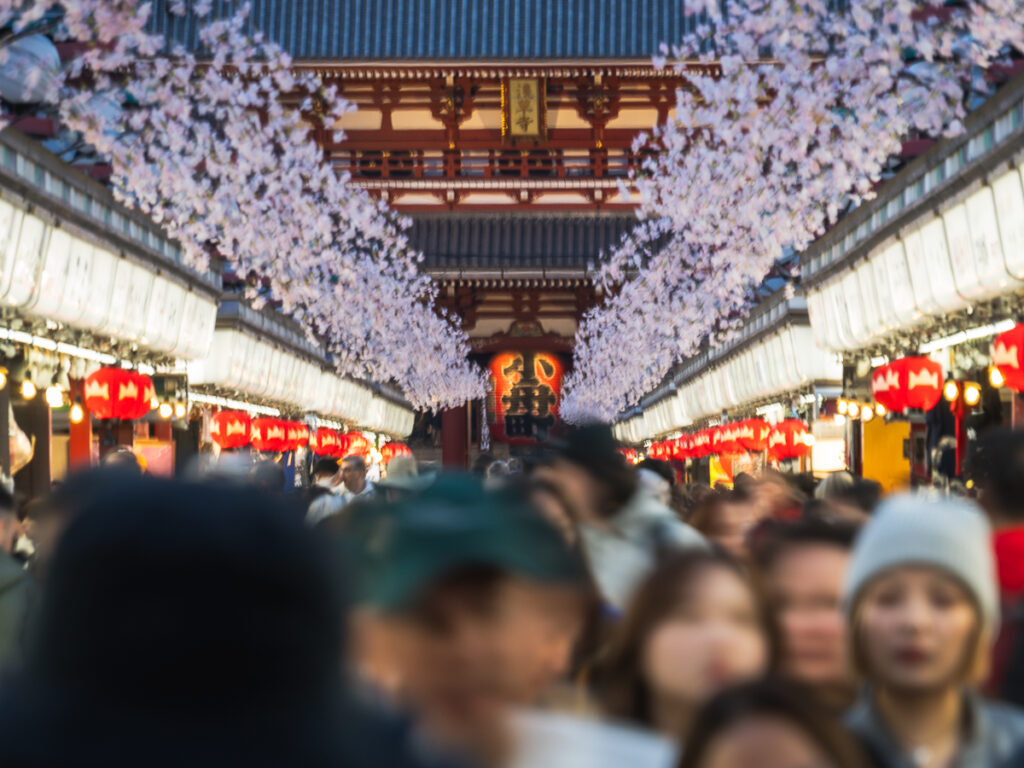
Tokyo Station
For countless visitors, their first experience of Tokyo unfolds at the city’s main transportation hub – the iconic Tokyo Station. As travelers stream in aboard sleek bullet trains or from Narita Airport, they’re immediately met by the station’s crown jewel – the original 1914 Meiji-era façade crafted from red brick in a regal European style. Step through the doors and you’ll descend into an underground metropolis unto itself, a dizzying labyrinth of rail platforms funneling human currents in every direction. Woven throughout are a dizzying array of shops and eateries. Amidst the constant flow, the historic main terminal offers a stately photo opportunity, similar to Mojiko Station in Fukuoka and Hsinchu Station in Taiwan. When I visited, a bunch of recently graduated college students were taking their pictures in front.
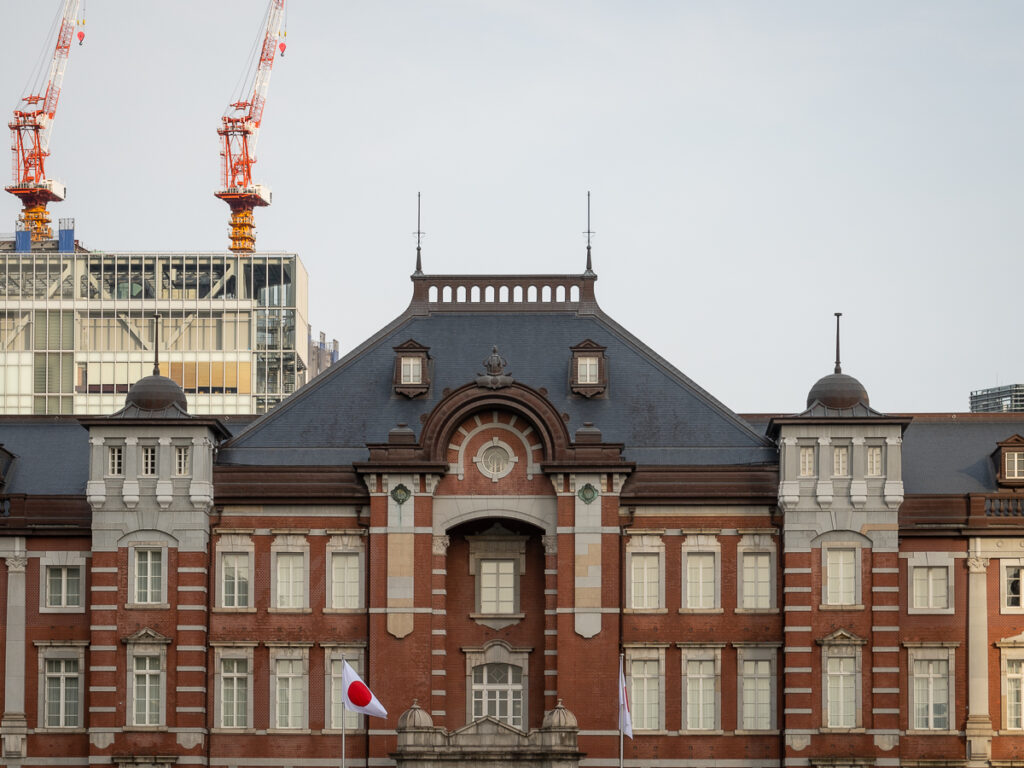
Watch on YouTube
To keep up to date with everything I share, follow along on my social media and read up on what camera gear I use when I travel.
Leave a Reply Cancel reply
is the creative studio of Erin Donahue, offering photography, videography, and content creation services for brands, hotels, tourism boards, and publications.
Based in New York City, but available globally, this multi-disciplinary digital creative left a career in the hedge fund space to pursue her passion as a travel and brand photographer, creating imagery that resonates with audiences. She approaches every project with a focus on storytelling, producing visuals that engage and inspire.
Her work has been commissioned by brands like Sony, Apple, and Google, and the content she has created has reached millions across social media.
To keep up to date with everything she shares, follow along on social media and read up on what camera gear she uses to capture the shot.
Niredonahue
© Erin Donahue Creative LLC, All Rights Reserved
Terms of Service & Privacy Policy